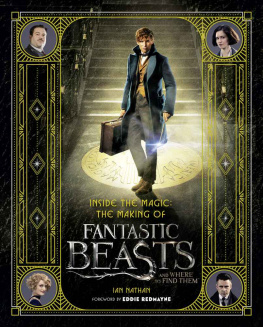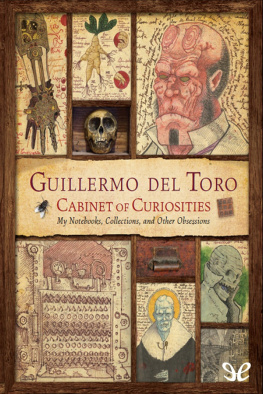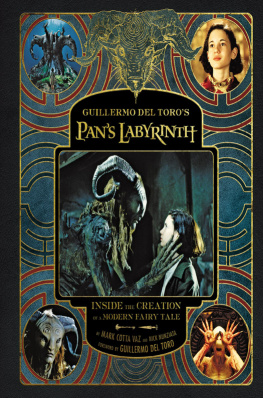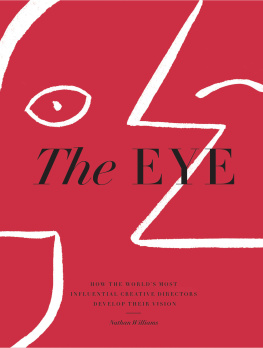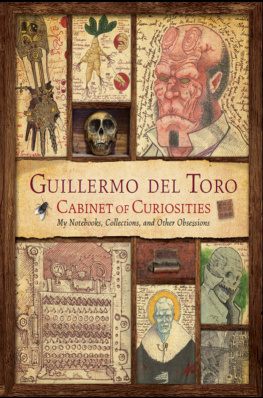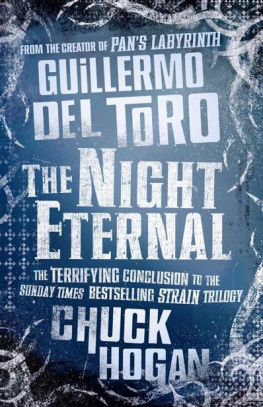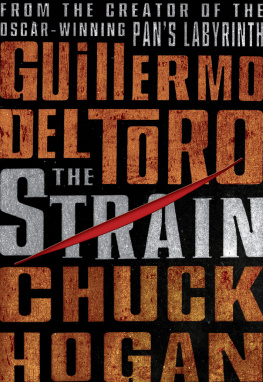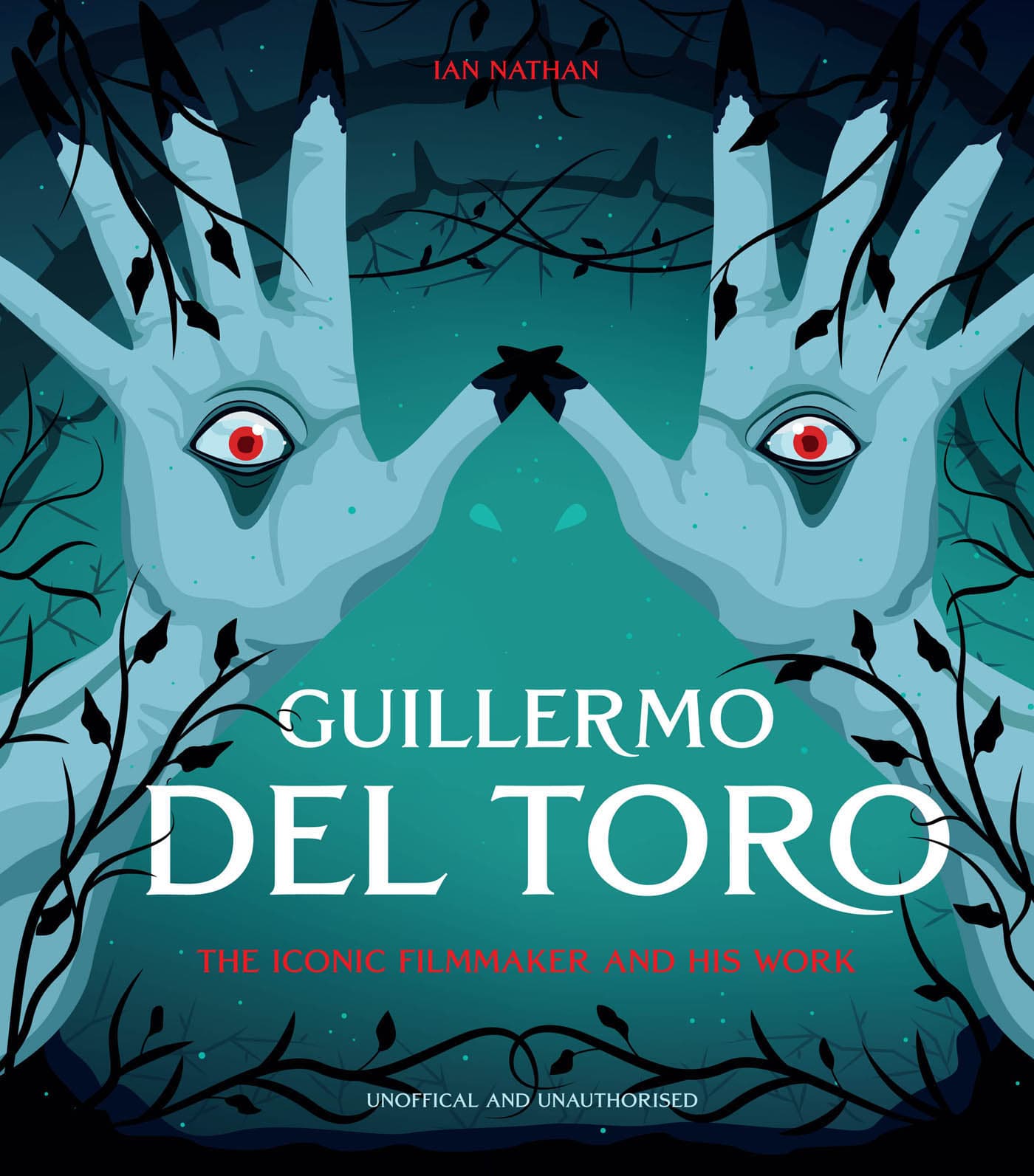Ian Nathan - Guillermo del Toro: The Iconic Filmmaker and his Work
Here you can read online Ian Nathan - Guillermo del Toro: The Iconic Filmmaker and his Work full text of the book (entire story) in english for free. Download pdf and epub, get meaning, cover and reviews about this ebook. year: 2021, publisher: White Lion Publishing, genre: Art. Description of the work, (preface) as well as reviews are available. Best literature library LitArk.com created for fans of good reading and offers a wide selection of genres:
Romance novel
Science fiction
Adventure
Detective
Science
History
Home and family
Prose
Art
Politics
Computer
Non-fiction
Religion
Business
Children
Humor
Choose a favorite category and find really read worthwhile books. Enjoy immersion in the world of imagination, feel the emotions of the characters or learn something new for yourself, make an fascinating discovery.

- Book:Guillermo del Toro: The Iconic Filmmaker and his Work
- Author:
- Publisher:White Lion Publishing
- Genre:
- Year:2021
- Rating:3 / 5
- Favourites:Add to favourites
- Your mark:
Guillermo del Toro: The Iconic Filmmaker and his Work: summary, description and annotation
We offer to read an annotation, description, summary or preface (depends on what the author of the book "Guillermo del Toro: The Iconic Filmmaker and his Work" wrote himself). If you haven't found the necessary information about the book — write in the comments, we will try to find it.
Widely regarded as one of the most imaginative directors working in cinema today, Guillermo del Toro has built up a body of work that has enthralled movie fans with its dark beauty and edge-of-the-seat set pieces.
In this book, acclaimed author Ian Nathan charts the progression of a career that has produced some of contemporary cinemas most revered scenes and idiosyncratic characters. This detailed examination looks at how the strands of del Toros career have woven together to create one of modern cinemas most ground-breaking bodies of work.
Delving deep into del Toros psyche, the book starts by examining his beginnings in Mexico, the creative but isolated child surrounded by ornate catholicism and monster magazines, filming stop motion battles between his toys on a Super-8 film camera.
It follows him to film school, where we learn of his influences, from Kafka to Bunuel, and explores his 1993 debut Cronos, the independent horror debut which draws on the religious and occult themes which would recur throughout del Toros work.
It goes on to cover his development as a director with 1997s Mimic, his blockbuster success with the Hellboy films and goes on to study the films which have cemented his status as a legendary auteur, Oscar award winners Pans Labrynth and The Shape of Water, as well as his sci-fi masterpiece Pacific Rim, as well as looking at his exciting upcoming projects Nightmare Alley and Pinocchio.
An enlightening look into the mind of an auteur blessed with a singular creative vision, Guillermo del Toro analyses the processes, themes and narratives that have come to be recognised as distinctly del Toro, from practical effects to an obsession with folklore and paganism. It looks into the narrative techniques, stylistic flourishes and creative decisions which have made him a true master of modern cinema.
Presented in a slipcase with 8-page gatefold section, with scores of illuminating photographs of the director at work on set as well as iconic stills from his films and examples of his influences, this stunning package will delight all Guillermo del Toro devotees and movie lovers in general.
Unauthorised and Unofficial.
Ian Nathan: author's other books
Who wrote Guillermo del Toro: The Iconic Filmmaker and his Work? Find out the surname, the name of the author of the book and a list of all author's works by series.


